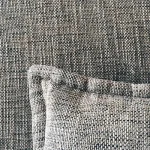عندما يتم تنجيد أثاث المنزل، فإن الجودة والأسلوب في القماش المستخدم هما أول ما يُلاحَظ ويُقدّر. ومن الجانب السلبي، يمكن أن يكون التنجيد هو سبب تراجع ديكور منزلك عندما تفكر في مدى سهولة تعرضه للتآكل أو الاتساخ. لذلك، من المهم ليس فقط اختيار لون وأسلوب يعجبك، بل أيضًا اختيار قماش متين وسهل التنظيف وله مقاومة جيدة ضد التلاشي والبقع. نقدم لك في هذا المقال الأقمشة التي تعد الأفضل لاستخدامها في التنجيد سواء كانت مصنوعة من الألياف الطبيعية أو الصناعية.
كيفية اختيار الأقمشة لمشاريع التنجيد
أولاً وقبل كل شيء، يجب أن تفكر في مدى تكرار استخدام القطع المفروشة بالقماش. هل يمكنك استخدام قماش أقل متانة إذا لم يتم استخدامه كثيرًا؟ القطع أو المناطق التي تتعرض للاستخدام اليومي ستجد أن الأقمشة المتينة والمُنسوجة بإحكام هي الخيار الأفضل. عند شراء الأقمشة، يمكنك في الواقع معرفة عدد الخيوط التي يحتوي عليها القماش – وهي إشارة إلى مدى إحكام نسجه ومتانته، فكلما كان عدد الخيوط أعلى، كان النسيج أكثر إحكامًا.
وفيما يلي نظرة عامة على الأقمشة المختلفة، بدءًا من الألياف الطبيعية:
:القطن
يتمتع القطن بمقاومة جيدة ضد التآكل والتمزق والتلاشي، ولكنه أقل مقاومة للحريق والبقع. من الممكن تطبيق معالجة سطحية تساعد في توفير حماية إضافية ضد الحريق والبقع. الأنسجة المختلفة لها مستويات مختلفة من المتانة – جرب قماش الداماسك الجميل للقطع التي تُستخدم بشكل متقطع والقماش القطني للأثاث الذي يُستخدم بشكل متكرر. كما يتم مزج القطن مع ألياف أخرى لجعله أكثر متانة ومقاومة للبقع والحريق والتآكل
:الجلد
متحمل للغاية ومتين، ويمكن تنظيفه بنجاح باستخدام مكنسة كهربائية خفيفة، وقطعة قماش مبللة، ومكيفات خاصة للجلد.
:الكتان
يجذب البقع، لذلك من الأفضل استخدامه في الأثاث “الرسمى” داخل المنزل، كما أنه يميل إلى التجعد. قد يكون قماشًا جميلًا ولكنه يتآكل بسهولة، لذا فكّر مرتين قبل استخدامه في غرف المعيشة أو
المناطق ذات الحركة الكثيفة. الميزة الرئيسية هي أنه مقاوم جدًا للتلاشي. إذا كان بحاجة إلى غسل، يُفضل أن يتم ذلك بواسطة محترف لتجنب مشكلة الانكماش.
:الحرير
مرة أخرى، قماش الستائر المصنوع من الحرير جميل ولكنه لا يتحمل الظروف الجوية جيدًا – استخدمه في الأماكن التي تعرف أنها لن تتعرض للاختبار! يُنصح بغسله بواسطة محترف إذا تعرض للبقع.
:الفينيل
يعتمد بشكل أساسي على الجودة، لكن الفينيل يعد بديلاً رخيصًا للجلد وهو مناسب للمناطق ذات الحركة الكثيفة أو غرف العائلة. من السهل صيانته وتنظيفه في المنزل.
:الصوف
الصوف متين للغاية، خاصة عندما يتم مزجه مع الألياف الصناعية التي يمكن أن تقلل من تأثير “الفل” (التلبد). يتمتع بمقاومة جيدة للبقع والتجاعيد والتلاشي. الآن دعونا نلقي نظرة على بعض الألياف الصناعية المستخدمة في التنجيد:
:الأسيتات
يعد بديلاً رخيصًا للحرير، ولكن مثل الحرير، لا يتحمل الظروف الجوية جيدًا ولا يجب استخدامه في الأثاث الذي يُستخدم بانتظام. لن ينكمش مثل بعض الألياف الطبيعية، وله مقاومة عالية ضد العفن. لكن التآكل، والتلاشي، والبقع لا تزال مشكلة إذا اخترت هذا القماش.
:الأكريليك
محاكي الصوف، يتمتع بمقاومة جيدة ضد التآكل والتجاعيد والتلاشي والبقع.
:النايلون
هذه الألياف الصناعية غالبًا ما تُمزج مع ألياف أخرى، لكنها تعد من الأقمشة الأكثر متانة المتاحة للتنجيد. مع مقاومة عالية تقريبًا ضد كل شيء، العيب الوحيد هو أنها تميل إلى التلاشي بسهولة.
:البوليستر
ألياف أخرى غالبًا ما يتم مزجها لمنع التجاعيد والتلاشي.
:الرايون
قماش متين جدًا ويعد بديلاً جيدًا للأقمشة المصنوعة من الصوف والقطن والكتان – العيب هو أنه يتجعد بسهولة. بمجرد أن تقرر القماش الذي ستستخدمه، تصفح الأقمشة المخصصة للستائر عبر الإنترنت والتي يمكن استخدامها أيضًا لمشاريع التنجيد بالإضافة إلى إنشاء الستائر والستائر الجانبية والوسائد والبطانيات!



